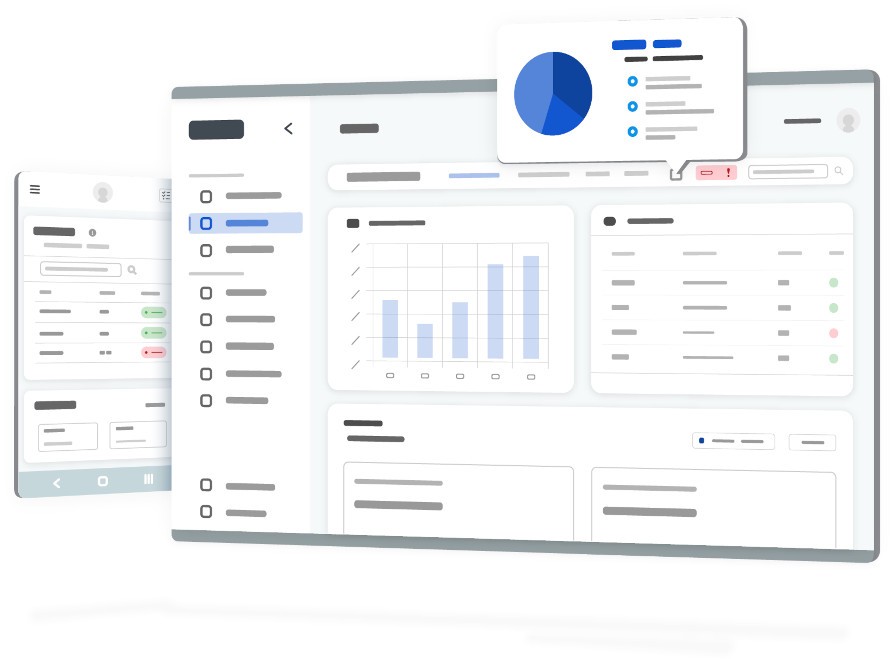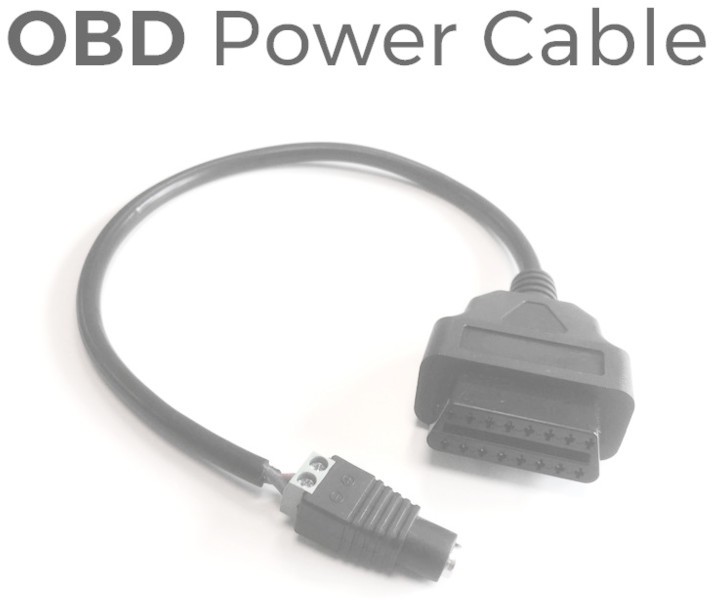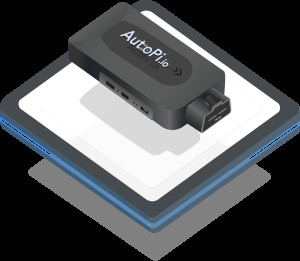Understanding your car’s health is no longer a mystery thanks to modern automotive technology. The On-Board Diagnostics system version 2 (OBD2) provides a wealth of information about your vehicle’s operation. Learning how to Read Obd2 Codes is a crucial skill for any car owner wanting to understand and maintain their vehicle effectively. This guide will empower you with the knowledge to read these codes, interpret them, and take informed action, ensuring your vehicle runs smoothly and efficiently.
Understanding OBD2 Systems
OBD2 systems are sophisticated monitoring networks integrated into virtually all cars manufactured since 1996. Their primary function is to track the performance of your vehicle’s major systems, including engine, transmission, emissions control, and more. These systems constantly monitor various sensors throughout your car, ensuring everything operates within specified parameters. When something goes wrong, or a system detects an issue outside of normal ranges, the OBD2 system generates a diagnostic trouble code (DTC). These codes are your car’s way of communicating that something needs attention. For a deeper understanding of OBD2 systems and their importance in modern vehicles, you can explore resources like this comprehensive article on OBD2.
Essential Tools for Reading OBD2 Codes
To read OBD2 codes, you’ll need the right tools. While basic code readers are available, advanced tools offer more comprehensive diagnostics and features. Here’s a look at some essential equipment:
AutoPi TMU CM4: An Advanced OBD2 Scanner
The AutoPi TMU CM4 is a cutting-edge device that goes beyond simply reading OBD2 codes. It’s a complete vehicle management solution, offering advanced diagnostics, telematics capabilities, and real-time vehicle monitoring. As an advanced OBD2 scanner, the AutoPi TMU CM4 provides in-depth insights into your vehicle’s health, including:
- Real-time Data Monitoring: Access live data from your vehicle’s sensors to understand performance metrics in real-time.
- GPS Tracking: Track your vehicle’s location and monitor driving behavior.
- Remote Control: In some cases, offers remote control capabilities for vehicle functions (depending on vehicle compatibility and user configuration).
- Comprehensive Diagnostics: Reads and interprets OBD2 codes, providing detailed descriptions and potential causes.
Its user-friendly interface and compatibility with a wide range of vehicles make the AutoPi TMU CM4 an excellent choice for both automotive professionals and car enthusiasts looking for advanced diagnostic capabilities.
AutoPi Cloud: Your Vehicle Data Platform
The AutoPi Cloud platform is a vital component of the AutoPi ecosystem. It serves as a centralized hub for all the data collected by your AutoPi device. This cloud-based platform allows you to:
- Access Diagnostic Data: View and analyze OBD2 codes retrieved from your vehicle in an intuitive dashboard.
- Monitor Vehicle Health: Track vehicle performance, identify potential issues, and monitor overall vehicle health trends.
- Analyze Performance: Gain insights into vehicle performance metrics for proactive maintenance and troubleshooting.
The AutoPi Cloud makes interpreting OBD2 codes and understanding your vehicle’s condition straightforward and accessible, even for users without extensive automotive expertise.
OBD2 Extension and Power Cables
In certain situations, additional accessories can enhance your OBD2 reading experience:
-
OBD2 Extension Cable: An OBD2 extension cable provides flexibility in positioning your diagnostic tool. This can be useful if the OBD2 port is in an awkward location or if you need to keep the device out of the way. It also reduces strain on the vehicle’s OBD2 port from frequent plugging and unplugging.
-
OBD2 Power Cable: While the AutoPi TMU CM4 typically draws power from the OBD2 port, an external OBD2 power source via a dedicated power cable can be beneficial. This allows you to power the device even when the vehicle is off, which is useful for extended diagnostics, software updates, or using features without draining the car battery.
Step-by-Step Guide: Reading OBD2 Codes
Reading OBD2 codes is a simple process, especially when using a user-friendly tool like the AutoPi TMU CM4. Here’s a step-by-step guide:
-
Locate Your OBD2 Port: The OBD2 port is usually located within a couple feet of the steering wheel, often under the dashboard. It’s a 16-pin connector and may have a protective cover. If you’re unsure of its location, consult your vehicle’s owner’s manual or this guide to OBD2 port locations.
-
Connect the AutoPi TMU CM4: Plug the AutoPi TMU CM4 securely into the OBD2 port. Ensure a firm connection to prevent data errors during transmission.
-
Start Your Vehicle’s Engine: Turn the ignition to start your car. The AutoPi TMU CM4 relies on the vehicle’s power, so the engine needs to be running for the device to operate and read OBD2 codes.
-
Access AutoPi Cloud: Using your computer, tablet, or smartphone, log in to your AutoPi Cloud account. This is where you’ll access the diagnostic information gathered from your vehicle.
-
Retrieve and Interpret OBD2 Codes: In the AutoPi Cloud interface, navigate to the ‘Vehicles’ section and select the device connected to your vehicle. Then, go to the ‘Diagnostics’ section. Here, you’ll find a list of OBD2 codes that the system has retrieved. The AutoPi Cloud typically provides descriptions of the codes, helping you understand the potential issues.
-
Address the Vehicle Issues: Based on the OBD2 codes and their descriptions, determine the necessary course of action. Some issues might be minor and easily addressed, while others may require professional attention from a mechanic.
-
Clear the Codes (After Resolution): Once you’ve addressed the underlying problems, you can clear the diagnostic codes through the AutoPi Cloud dashboard. However, it’s crucial to only clear codes after the issue is resolved. Clearing codes without fixing the problem will only hide the symptom temporarily, and the code will likely reappear.
For further guidance on getting started with your AutoPi device, refer to the AutoPi Getting Started Guide.
Decoding OBD2 Codes: Understanding the Structure
OBD2 codes follow a standardized format, making them universally understandable across different vehicle makes and models. Each code is five characters long, starting with a letter followed by four numbers (e.g., P0301). Understanding the structure of these codes is key to interpreting them effectively:
-
First Character (Letter): Indicates the primary system affected:
- P: Powertrain (engine, transmission, and related systems)
- C: Chassis (braking system, suspension, steering)
- B: Body (airbags, power windows, immobilizer, etc.)
- U: Network or Communication (communication issues between modules)
-
Second Character (Number): Specifies whether the code is generic or manufacturer-specific:
- 0: Generic OBD2 code (standard across all manufacturers)
- 1, 2, or 3: Manufacturer-specific code (unique to a particular car brand)
-
Third Character (Number): Indicates the specific sub-system:
- 0: Emission Management System
- 1: Fuel and Air Metering
- 2: Fuel and Air Metering (Injector Circuit)
- 3: Ignition System or Misfire
- 4: Auxiliary Emission Controls
- 5: Vehicle Speed Controls and Idle Control System
- 6: Computer Output Circuit
- 7: Transmission
-
Fourth and Fifth Characters (Numbers): Pinpoint the specific fault within the sub-system. For example, in P0301, ’01’ indicates cylinder 1 misfire.
Common OBD2 Codes Explained
Here are some common OBD2 codes you might encounter, categorized by system:
| Code | Category | Description | Possible Explanation |
|---|---|---|---|
| P0300 | Powertrain | Random/Multiple Cylinder Misfire Detected | Issues with ignition system, fuel delivery, vacuum leaks, or engine compression. |
| P0420 | Powertrain | Catalyst System Efficiency Below Threshold | Failing catalytic converter, exhaust leaks, or issues with oxygen sensors. |
| P0171 | Powertrain | System Too Lean (Bank 1) | Vacuum leaks, faulty MAF sensor, fuel delivery issues (e.g., weak fuel pump or clogged fuel filter). |
| P0128 | Powertrain | Coolant Temperature Below Thermostat Regulating Temp | Faulty thermostat, coolant temperature sensor issue. |
| P0442 | Powertrain | Evaporative Emission Control System Leak (Small Leak) | Loose or faulty gas cap, leaks in EVAP system hoses or components. |
| C0035 | Chassis | Left Rear Wheel Speed Sensor Circuit | Faulty wheel speed sensor, wiring issues, or ABS module problem. |
| C1214 | Chassis | Brake Control Relay Contact Circuit Open | Brake control relay failure, wiring problems, or ABS module issue. |
| C0036 | Chassis | Right Front Wheel Speed Sensor Circuit | Faulty wheel speed sensor, wiring issues, or ABS module problem. |
| C0561 | Chassis | ABS Brake Control Module System | Internal ABS module fault, power or ground issues to the module. |
| C1210 | Chassis | Brake Fluid Pressure Sensor Circuit | Faulty brake pressure sensor, wiring problems, or hydraulic system issue. |
| B0020 | Body | Front Passenger Side Deployment Loop Resistance High | High resistance in airbag circuit, faulty wiring or connector. |
| B1000 | Body | Electronic Frontal Sensor Data | Faulty frontal impact sensor, wiring issues, or airbag control module problem. |
| B1200 | Body | Climate Control Push Button Circuit Open | Faulty climate control button, wiring issue in the switch circuit. |
| B1325 | Body | Oil Pressure Sensor Circuit | Faulty oil pressure sensor, wiring issues, or low oil pressure condition. |
| B1422 | Body | Seat Belt Pretensioner Deployment Control Circuit | Faulty seat belt pretensioner, wiring issues, or SRS module fault. |
| U0100 | Network | Lost Communication with ECM/PCM A | CAN bus communication failure, ECM/PCM malfunction, wiring issues. |
| U0121 | Network | Lost Communication with Anti-lock Brake System (ABS) | CAN bus communication failure, ABS module malfunction, wiring issues. |
| U0073 | Network | Control Module Communication Bus A Off | CAN bus communication failure, wiring issues, or module communication problems. |
| U0140 | Network | Lost Communication with Body Control Module | CAN bus communication failure, BCM malfunction, wiring issues. |
| U0401 | Network | Invalid Data Received from Engine Control Module (ECM) | ECM data corruption, communication issues, or ECM malfunction. |



Taking Action After Reading OBD2 Codes
Once you read OBD2 codes and have an understanding of the potential issues, the next step is to determine the appropriate action. Not all codes indicate a critical problem requiring immediate attention, but they all warrant investigation.
- Research the Code: Use online resources, vehicle repair manuals, or the AutoPi Cloud to research the specific OBD2 code in detail. Understand the potential causes, symptoms, and severity of the issue.
- Assess the Symptoms: Note any symptoms you’ve observed in your vehicle’s performance, such as unusual noises, reduced power, or warning lights on the dashboard. Correlate these symptoms with the OBD2 codes.
- Determine Urgency: Based on your research and symptoms, determine the urgency of the issue. Some codes might indicate a problem that needs immediate attention to prevent further damage or safety risks. Others might be less critical and can be addressed at your convenience.
- DIY or Professional Help? Decide if you can address the issue yourself or if you need professional help from a qualified mechanic. Simple issues like a loose gas cap or a faulty sensor might be DIY-friendly, while complex problems with the engine, transmission, or ABS system usually require professional expertise.
Dos and Don’ts of OBD2 Diagnostics
To make the most of OBD2 diagnostics and ensure you’re using the information effectively, keep these dos and don’ts in mind:
Do:
- Perform Regular OBD2 Checks: Make it a routine to periodically read OBD2 codes, even if your car seems to be running fine. Early detection can prevent minor issues from becoming major, costly repairs.
- Maintain a Diagnostic Log: Keep a record of the OBD2 codes you encounter, their descriptions, the actions you took, and the resolutions. This log can be invaluable for future troubleshooting and for communicating with mechanics.
- Keep Your Tools Updated: Ensure your OBD2 tools, especially advanced devices like the AutoPi TMU CM4, are updated with the latest software and firmware. Updates often include improved code definitions, enhanced functionality, and new features.
- Thoroughly Research Codes: When you encounter an OBD2 code, don’t just clear it without understanding it. Use resources like the AutoPi Cloud and online databases to thoroughly research the code, its potential causes, and recommended solutions.
- Prioritize Safety-Related Issues: If an OBD2 scan reveals codes related to safety-critical systems like brakes, airbags, or steering, address these immediately. Your safety and the safety of others should always be the top priority.
Don’t:
- Ignore OBD2 Codes: Never ignore OBD2 codes, even if your vehicle seems to be driving normally. Codes are early warning signs of potential problems that can worsen over time if left unaddressed.
- Clear Codes Prematurely: Resist the urge to clear OBD2 codes before identifying and resolving the underlying issue. Clearing codes only hides the problem temporarily and can make diagnosing intermittent issues more difficult.
- Neglect Basic Vehicle Maintenance: OBD2 diagnostics are a valuable tool, but they are not a substitute for regular vehicle maintenance. Follow your vehicle manufacturer’s recommended maintenance schedule for oil changes, fluid checks, tune-ups, and other essential services.
- Guess and Replace Parts: Avoid the common and costly mistake of replacing parts based solely on an OBD2 code without proper diagnosis. Use the diagnostic information to guide your troubleshooting process, but always confirm the root cause before replacing components.
- Disregard Professional Advice When Needed: While reading OBD2 codes empowers you to understand your vehicle better, some issues require professional expertise. Recognize when a problem is beyond your DIY capabilities and seek help from a qualified automotive technician.
Final Thoughts on Reading OBD2 Codes
Mastering the ability to read OBD2 codes is a significant step towards becoming a more informed and proactive car owner. With the right tools and knowledge, you can gain valuable insights into your vehicle’s health, address issues early, and potentially save money on repairs.
For advanced vehicle diagnostics and comprehensive vehicle management, consider the AutoPi TMU CM4. It’s more than just an OBD2 scanner; it’s a powerful tool that puts you in control of your vehicle’s health and performance through its advanced telematics and the AutoPi Cloud platform.
Take the next step in vehicle diagnostics and explore the capabilities of the AutoPi TMU CM4 in our online shop. Empower yourself with the technology to understand and maintain your vehicle like never before.
Are you a developer? Discover the endless possibilities of AutoPi for your development projects. Learn more about AutoPi for Developers.
Disclaimer: This article is for informational purposes only and should not be considered professional automotive repair advice. Always consult with a qualified mechanic for diagnosis and repair of vehicle issues.